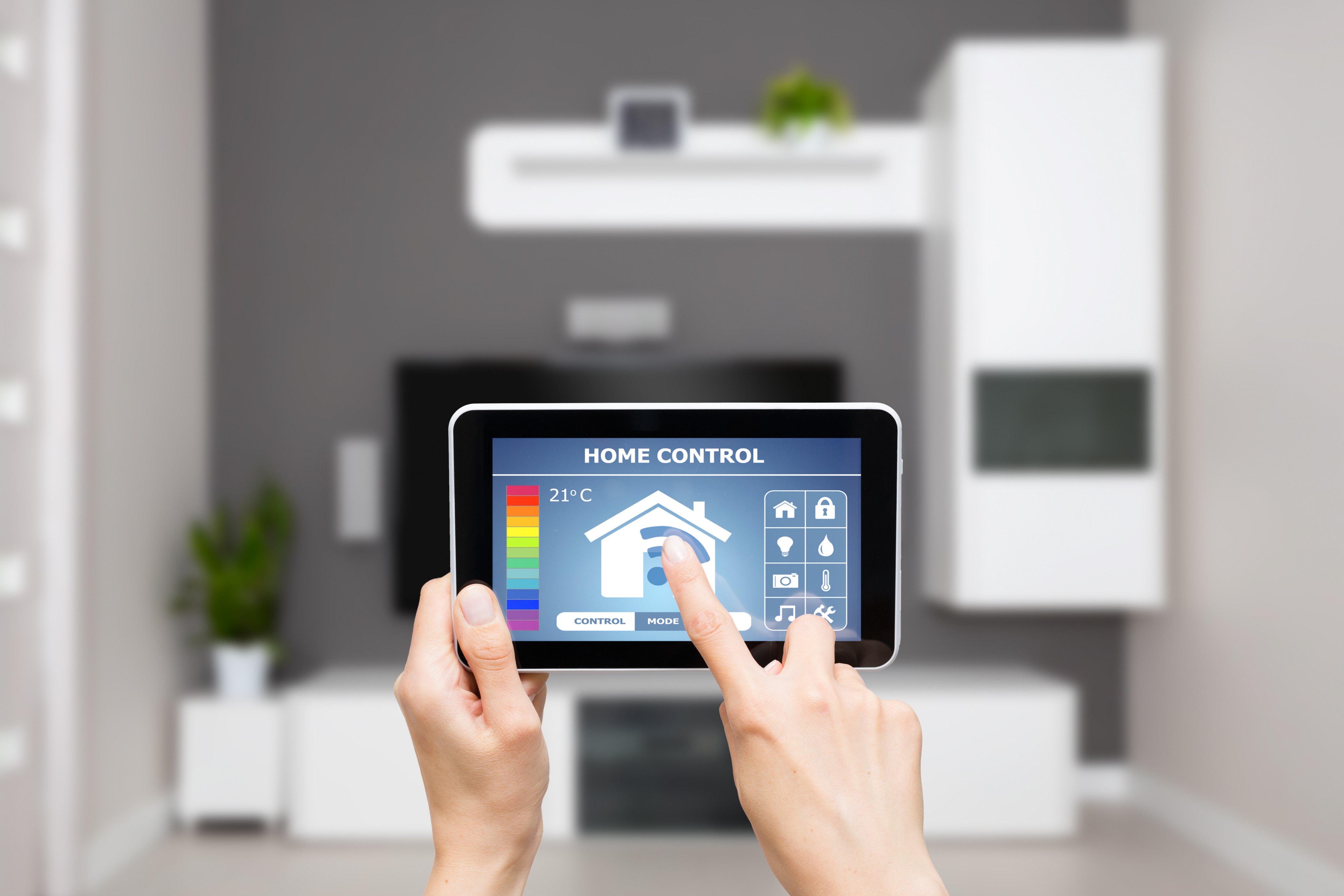Intelligent homes are here! Or not, depending on your expectations. Unless you live in a house without electricity, there’s probably at least one artificial intelligence living with you. Thanks to Siri, Alexa, Cortana, Watson, AI has advanced to the point that we give them names. The standard, however, remains Jarvis, the virtual butler that serves Tony Stark. Unfortunately, Jarvis is fictional. Fortunately, real artificial intelligence is quickly catching up.
Within the last few years, we’ve moved from labor-saving mechanical devices to appliances filled with sensors to a wide array of fixtures that can be controlled from apps on smartphones. The list of available, enabled and connected things for the house is so long that it is easier to simply assume that if it has a plug it can be controlled. The Internet of Things (IoT) is here, and it has just begun. That does not mean, however, that the artificially intelligent home is here.

The ultimate AI home is active and passive. If you want to interact with it, it is ready for your command. If you want it to guess what you want, there are systems that will get to know you and hunt for predictive patterns. Ideally, communicating with your house will be like communicating with another person.
Realistic AI homes are here. With a mix of command-driven and predictive devices, almost every aspect of life in a home can be managed remotely. Go far past fancy thermostats, like Nest. Heating, lighting, entertainment, security, even some kitchen functions can operate from a smartphone or home control center. Their features are appealing enough to begin showing up in the marketing remarks in listings for sub-million dollar homes. Search for “smart home” or “smart house”.

Step one can be as simple as smart appliances that are connected to the Internet. Step two, add on-off controls with smart switches so that even floor lamps can be turned on to make it look like someone is home. Step three is the big jump to adding sensors. With the right suite of sensors your house knows where everyone is and can adjust accordingly.
The benefit is the potential for great gains in control of your house.
The biggest recurring cost may be your time as you try to manage dozens of devices, sensors, and apps. Updates, conflicts, and basic glitches can make that mountain cabin look appealing – until the realities of wood stoves and outhouses reveal themselves.
That’s the appeal of Jarvis. Just like with a professional butler, the homeowner deals with one intelligent agent and lets them sort out the details. That’s the step the technology is trying to take now. Siri, et al have advanced to the point that they can execute commands; but each is an individual action. Speak a command, and your virtual assistant may be able to execute it. Impressive, but not as impressive as an AI that would take into account secondary effects. Making something noisy and smoky in the kitchen? Adjust the music and ventilation throughout the house. Welcoming a guest as they arrive? Change the lights and security appropriately.

Mark Zuckerberg demonstrated how far the technology has advanced. With 150 hours of programming (and basically unlimited funds) he was able to create his own version of Jarvis. It still relies on text and voice commands, and will benefit from a lot of training; but it was reasonably successful.
Imagine then, the speed of the advances considering that IBM is working to put their AI, Watson, into homes; Apple has HomeKit; and Google has Android Things. The field is growing as dedicated firms are working to be the Next Big Thing; and they may succeed. Thousands of developers and millions of dollars are being spent on creating the systems.
It won’t be easy. Software incompatibilities are tough enough when they exist within the same computer. A homeowner that decides to use devices from several suppliers may find a massive finger-pointing exercise when the inevitable troubleshooting begins.


It can be made easier. Adding AI to a house does not have to be an all-or-nothing endeavor. Put intelligence where you need and want it most. Stick to one supplier. Keep it up-to-date, or hire someone to do that for you. Make sure the house can still operate when the power goes out. Being able to open at least one door with a key can relieve a lot of anxieties.
Intelligent homes are basically inevitable. Samsung announced that they will only sell televisions that connect to the Internet. Companies have a strong incentive to provide convenience, and a strong incentive to better understand their customers. Cooks are already experiencing one of the benefits of Amazon’s Alexa assistant. With Alexa in the kitchen, a cook can order whatever they need to restock a pantry; and Amazon gains marketing and sales insights unimagined a few decades ago. That’s a win-win, and win-wins drive demand.
A home completely under the seamless control of an artificial intelligence may not be here now; but that future is probably measured in months, not decades.

